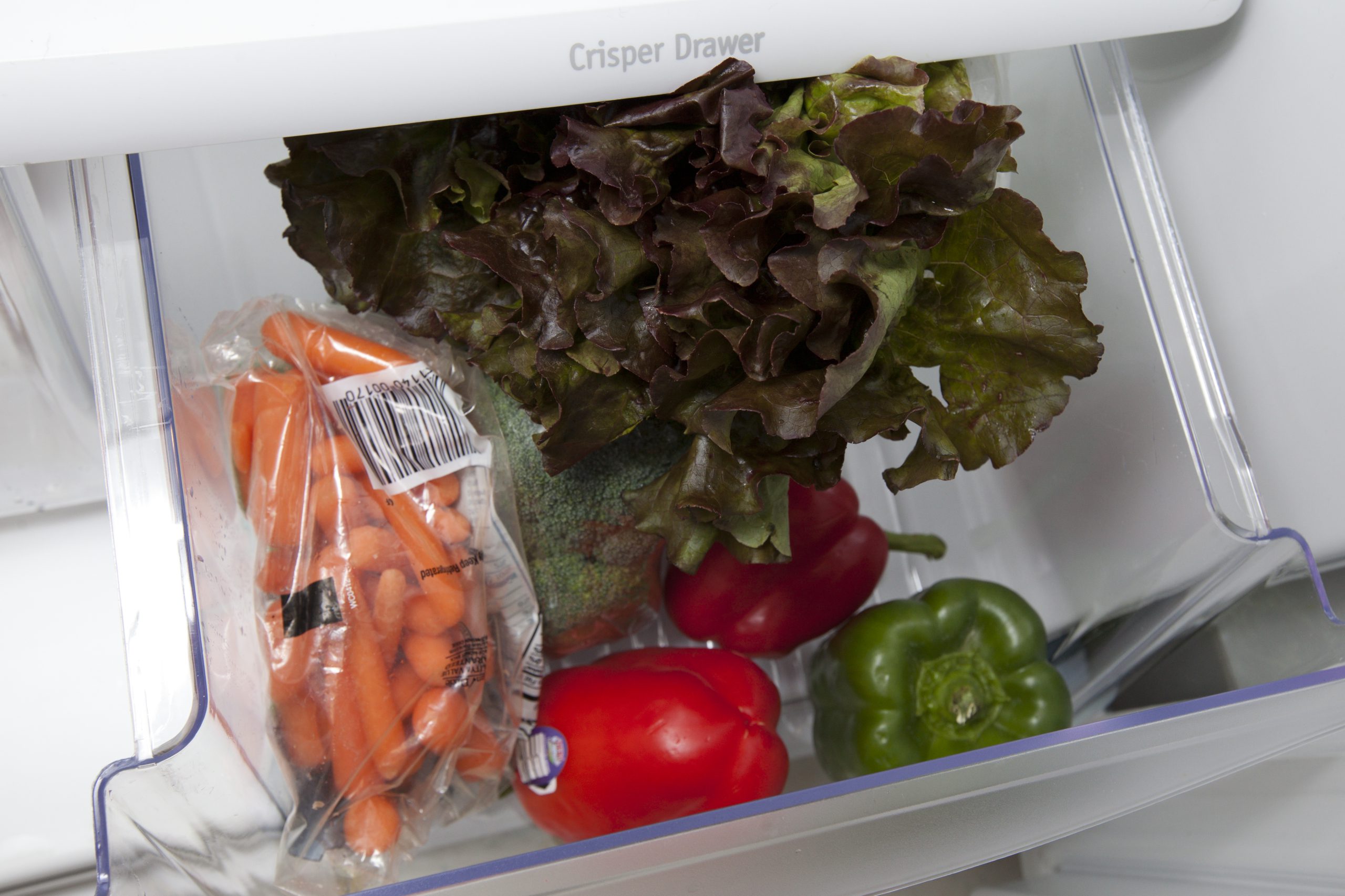About this series
- The rise of inflation continues to raise cost concerns, one of them being the price of food.
- The ripple effect of the yearslong COVID pandemic continues to rattle worldwide economies.
- Tie Liu, a UF/IFAS assistant professor in the department of horticultural sciences, shares tips to keeping produce fresh and minimizing food waste.
With inflation continuing to rise and the holidays just around the corner, keeping produce fresh is essential to making the most of grocery store trips.
“Learning how to keep produce fresh not only saves money but allows people to minimize food waste,” said Tie Liu, a UF/IFAS assistant professor in the department of horticultural sciences.
Liu shares a few strategies for keeping produce fresh, from selecting it at the grocery store to storing at home:
- Inspect your produce. At the grocery store, look for produce that is brightly colored and has other visible signs of freshness, such as crisp leaves and firm feel. With all produce, check everywhere for wilting, decay or damage.
- Buy local produce when possible. Check to see where a fruit or vegetable was grown. Produce that travels long distances between farm and retailer is going to be less fresh than produce grown closer to where it’s purchased. If you live in Florida, the “Fresh from Florida” label indicates the produce was grown in the Sunshine State.
- Fridge or no fridge? Most vegetables can be stored in the fridge for a while, including broccoli and squash. However, some tropical and subtropical produce like avocadoes and pineapples are better left out on the counter. Other produce like strawberries and tomatoes should be left out until they’re totally ripe. Produce that is sensitive to cold may become discolored or bruised if put in the fridge. This may cause the produce to lose flavor and wilt, ultimately risking its freshness.

- Use your fridge drawers. Using your fridge’s drawers is a great way to separate fruit and vegetables to prevent premature ripening. According to Liu, some kinds of produce release ethylene, a hormone that may cause neighboring produce to ripen, so you want to store produce that produces ethylene away from produce that is sensitive to the hormone. Some examples of ethylene-releasing produce are apples, kiwi, peaches, mangoes and tomatoes. Some examples of ethylene-sensitive produce include carrots, green beans, cucumbers, spinach, watermelon and peppers. That said, it’s a good rule of thumb to keep your fruits and vegetables separate unless you want something to ripen quickly.
- Mitigate moisture. To keep produce fresh, it’s important to mitigate as much moisture as possible. When moisture levels are high, fungi and bacteria can easily affect produce. You can tell if your produce is too damp if it shrivels or shrinks. Mold may also be a sign that your produce is too damp. There are a few ways to mitigate moisture. One way is to separate produce into smaller containers. Produce can also be stored in boxes with holes to increase the air flow. Or, produce can be placed in a container with a paper towel to absorb the moisture.
- Plan ahead. The easiest way to minimize food waste is to plan what you’re going to eat during the week and buy accordingly. Limiting over purchasing can also reduce food waste. However, if you already purchased produce, and it’s ripening too quickly for you, consider donating it to a local food bank. Donations not only limit food waste but help feed someone in need! For overripe produce, consider recycling it into compost. Compost takes the nutrients from produce and turns it into nutrient-rich fertilizer, so nothing goes to waste.
Para acceder a esta comunicación en español, por favor utilice este enlace.
Video: Backyard Composting
by Stella Canfield
Source: UF/IFAS Pest Alert
Note: All images and contents are the property of UF/IFAS.



